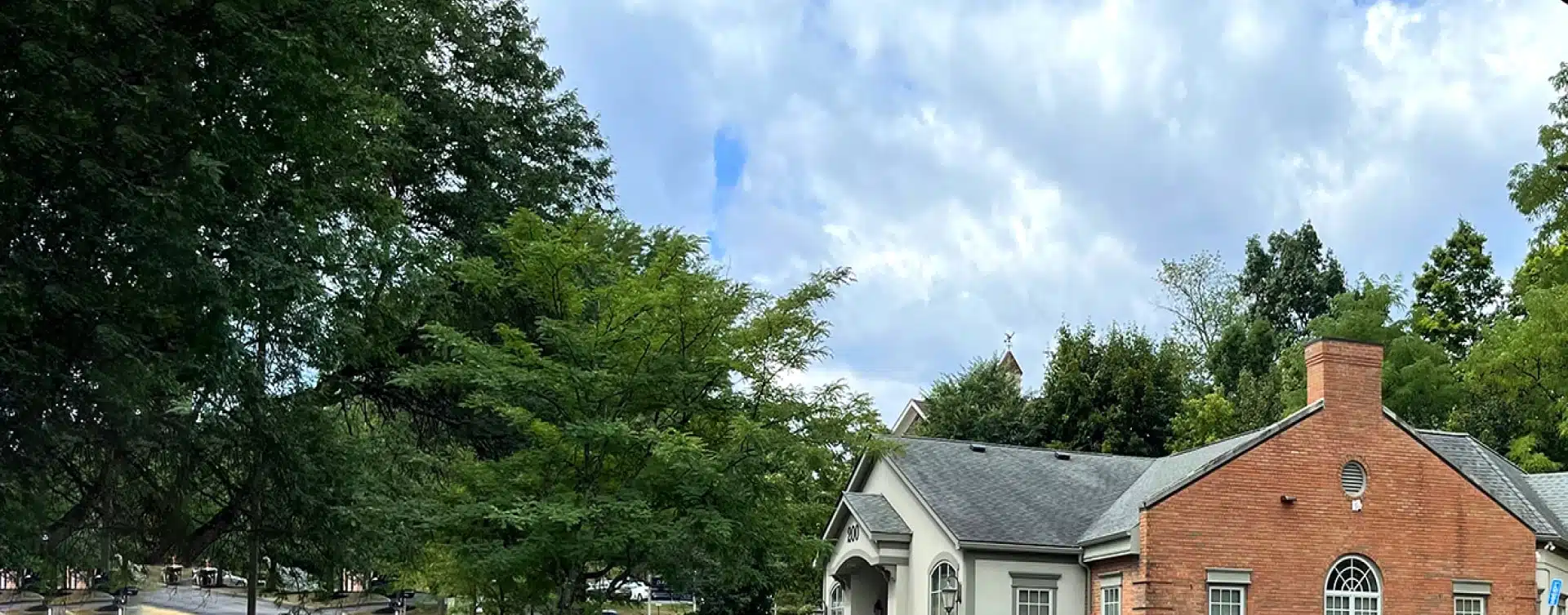Are you considering nose surgery and wondering what the healing process is really like? Rhinoplasty is one of the most transformative types of cosmetic surgery, and understanding the recovery process is essential before taking the next step. Whether you’re addressing functional issues or enhancing your appearance, being prepared helps set realistic expectations.
Recovery from rhinoplasty is a journey that requires patience and care. While the initial phase is relatively short, the full recovery takes time, and knowing what to expect during each stage can ease your worries. Let’s walk through everything you need to know about swelling, healing timelines, and what your nose might look like at every milestone.

How Long Does Swelling Last After Rhinoplasty?
Swelling after rhinoplasty is a natural part of the healing process, and its duration can vary depending on your rhinoplasty approach and your body’s unique response. Typically, the most noticeable swelling occurs during the first two weeks and then gradually decreases over the following months. Minor residual swelling—especially at the tip—can linger for up to a year. Your surgeon’s expertise plays a significant role in minimizing swelling and optimizing your overall recovery. Following post-op care instructions and being patient with the process can make a big difference in your comfort and final result.
The Rhinoplasty Recovery Timeline and Swelling Stages
Understanding what to expect during each stage of the rhinoplasty recovery process can make a significant difference in your comfort and confidence as you heal. From the first day after surgery to the final reveal, the rhinoplasty journey involves a series of predictable phases—each marked by changes in appearance, activity level, and especially nasal swelling. In the sections below, we’ll walk through the typical recovery timeline so you know what’s ahead and can prepare with clarity and peace of mind.
Day 1: Initial Swelling and Discomfort
The first few hours after surgery mark the beginning of your initial healing phase. During this time, your nasal tissues respond to the trauma of surgery with inflammation, leading to visible swelling, bruising, and congestion. It’s completely normal to experience moderate pain after rhinoplasty, but your surgeon will prescribe medication to keep it under control. Keeping your head elevated and applying cold compresses can help manage swelling and improve comfort. Day 1 is all about rest, protecting the nose, and giving your body time to begin its recovery.
Initial Swelling and Discomfort
Days 2–3: Peak Swelling and Bruising
During these days after surgery, patients typically reach the peak of swelling and bruising. The early recovery phase can feel intense, especially with increased nasal congestion and dark bruising around the eyes. Although this period may be the most uncomfortable, it’s also short-lived. Focus on hydration, rest, and continuing to follow your surgeon’s guidance. Avoiding physical exertion is essential to support healing and reduce the risk of complications. With proper care, this critical stage will pass quickly and set the foundation for steady improvement.
Peak Swelling and Bruising
Days 4–7: Splint Removal and Light Activity
As you approach the end of your first week, swelling gradually begins to decrease, and discomfort becomes more manageable. During this time, your surgeon will likely remove the nasal splint, along with any bandages, around day 5 to 7. This milestone often brings a sense of relief and progress. While some bruising may remain, light activity such as short walks is usually encouraged to support circulation. However, you should still avoid any strenuous movements or actions that might impact healing. Follow your surgeon’s instructions closely for the best outcome.
Splint Removal and Light Activity
Weeks 2–4: Continued Healing and Reduced Swelling
As you move into the weeks after surgery, most of the visible bruising has faded, and swelling continues to subside steadily. Around 70–80% of the swelling is typically resolved by the end of the first month. Many patients feel comfortable enough to return to work or resume non-strenuous routines. During this time, the shape of your nose starts becoming more defined, though subtle swelling—especially at the tip—may still be present. This phase marks a turning point in your recovery as the nose begins to resemble its final outcome.
Continued Healing and Reduced Swelling
Months 1–2: Gradual Return to Normal Activities
As you reach the first few months after surgery, your nose continues to settle and refine. Most of the noticeable swelling has diminished, allowing the new contour of your nose to emerge more clearly. Many patients can safely return to most daily routines and resume light exercise with their surgeon’s approval. However, it’s still important to avoid activities that could cause trauma to the nose—such as contact sports—or anything that applies pressure to the nasal bridge. Sun protection is also essential during this stage to avoid pigment changes in healing skin.
Gradual Return to Normal Activities
Months 3–5: Residual Swelling and Refinement
In the months after surgery, most of the swelling has resolved, but some minor puffiness—especially around the nasal tip or bridge—may still be present. This is more noticeable in patients with thicker skin. By this stage, your nose is looking more refined and natural, and it often feels more comfortable, too. While these changes might seem subtle, they are part of the final polishing that occurs during the recovery timeline. Most patients feel confident and pleased with their appearance, even as the nose continues to subtly evolve.
Residual Swelling and Refinement
Months 6–12: The Final Outcome
In the last healing stages, your nose begins to fully settle into its new shape. Most of the residual swelling has resolved, and the nasal structure looks and feels more natural. While minor changes may continue to occur gradually, your overall appearance is now quite close to the final result. Any lingering numbness or firmness typically fades, leaving you with a refined contour that reflects the full results of your rhinoplasty. This is a rewarding phase where your patience during the earlier months truly pays off.
The Final Outcome
After 1 Year: Residual Tip Swelling Subsides
By the year after surgery, the last traces of residual swelling—usually around the nasal tip—have almost completely faded. This final phase marks the true completion of your rhinoplasty, with your nasal appearance now fully refined and stabilized. Changes are subtle but meaningful, especially for patients with thicker skin. At this point, your results should feel natural, look balanced, and reflect the surgeon’s careful work. Long-term satisfaction often peaks here, as your new nose becomes a seamless part of your facial harmony.
Residual Tip Swelling Subsides
Real Rhinoplasty Surgery Results




* All patients are unique and individual results may vary.
Potential Complications During the Recovery Process
While most rhinoplasty patients heal without serious issues, it’s important to be aware of potential complications that can arise during the recovery period. These complications, though uncommon, can affect your comfort, appearance, or the timeline for proper healing. Recognizing the signs early and following your surgeon’s guidance can help ensure your recovery stays on track.
- Infection: Though rare, infections can occur if the surgical site isn’t properly cared for. Signs include increased redness, warmth, fever, or discharge.
- Excessive Bleeding: Light bleeding is normal in the first few days, but heavy or prolonged bleeding could signal a complication and should be addressed immediately.
- Breathing Difficulties: Swelling can temporarily impact breathing, but if issues persist after the swelling subsides, internal nasal structures may require reevaluation.
- Prolonged Swelling or Bruising: Most swelling fades within weeks, but in some cases, fluid retention or improper care can cause prolonged inflammation.
- Visible Scarring: If incisions do not heal well or become infected, visible scars—especially with open rhinoplasty—can develop.
- Asymmetry or Dissatisfaction with Results: In some cases, the final shape may not meet expectations due to healing irregularities, requiring a revision rhinoplasty procedure.
Tips for a Smooth Healing Process after a Nose Job
Following a few key rhinoplasty recovery tips can make all the difference in achieving a successful recovery and long-lasting results. While your surgeon will provide personalized instructions, incorporating healthy habits and avoiding common mistakes will support your body as it heals. These small but important actions can protect your rhinoplasty results and help you feel better, faster.
Apply Cold Compresses
Cold compresses can significantly reduce swelling and discomfort during the first few days after surgery. Apply them gently to the areas around the nose and eyes—never directly on the nose itself. Doing this consistently during the initial phase of recovery can help control inflammation and ease tenderness, especially when used as directed by your surgeon.
Get Plenty of Rest
Your body does its best healing while you sleep, making rest an essential part of your rhinoplasty recovery. Prioritize getting at least 7–9 hours of uninterrupted sleep per night, especially during the first few weeks. Avoid unnecessary stress and listen to your body—fatigue is a natural part of recovery. The more you rest, the more energy your body can devote to the healing process.
Keep Your Head Elevated
Keeping your head elevated—especially while sleeping—is one of the simplest ways to reduce swelling and support proper drainage after surgery. Use two pillows or a wedge pillow to keep your head above heart level for the first couple of weeks. This position can also help reduce pressure on the nose and make breathing more comfortable. A saline nasal spray may also be recommended by your surgeon to ease dryness and congestion without interfering with healing.
Avoid Tobacco and Alcohol
Avoiding tobacco and alcohol is crucial during the recovery process, especially in the first few weeks after surgery. Smoking can impair circulation and delay wound healing, while alcohol can increase the risk of bleeding and interfere with medications. Steering clear of both substances gives your body the best chance at healing efficiently and can help ensure you get the best possible rhinoplasty outcome.
Follow Your Rhinoplasty Surgeon’s Instructions
Your surgeon’s post-operative instructions are the cornerstone of a smooth and successful recovery. These guidelines are tailored to your specific procedure and healing progress, helping to minimize risks and promote optimal results. Whether it’s how to clean your nose, when to return for follow-ups, or activity restrictions, following every detail ensures proper care and gives your body the best chance to heal. Don’t hesitate to reach out with questions—clear communication is key to long-term success.
Start Your Journey to Success, Don’t Wait More!
Join our satisfied clients who’ve experienced safe, effective treatments.
Choosing a Plastic Surgeon for Your Rhinoplasty Procedure
Choosing a skilled and experienced plastic surgeon is one of the most important decisions you’ll make in your rhinoplasty journey. Recovery outcomes, the extent of swelling, and even the overall satisfaction with your results are closely tied to the surgeon’s skill, technique, and post-operative care guidance. When done right, rhinoplasty is both an art and a science, requiring an expert hand and aesthetic eye.
Dr. Ran Y. Rubinstein is a double board-certified plastic surgeon who has spent over two decades performing facial procedures exclusively, including rhinoplasty. With his deep expertise in both cosmetic and reconstructive nasal surgery, he understands the delicate anatomy of the nose and tailors every procedure to each patient’s goals. Ready to take the next step? Call us today at (845) 863-1772 to schedule your consultation.
